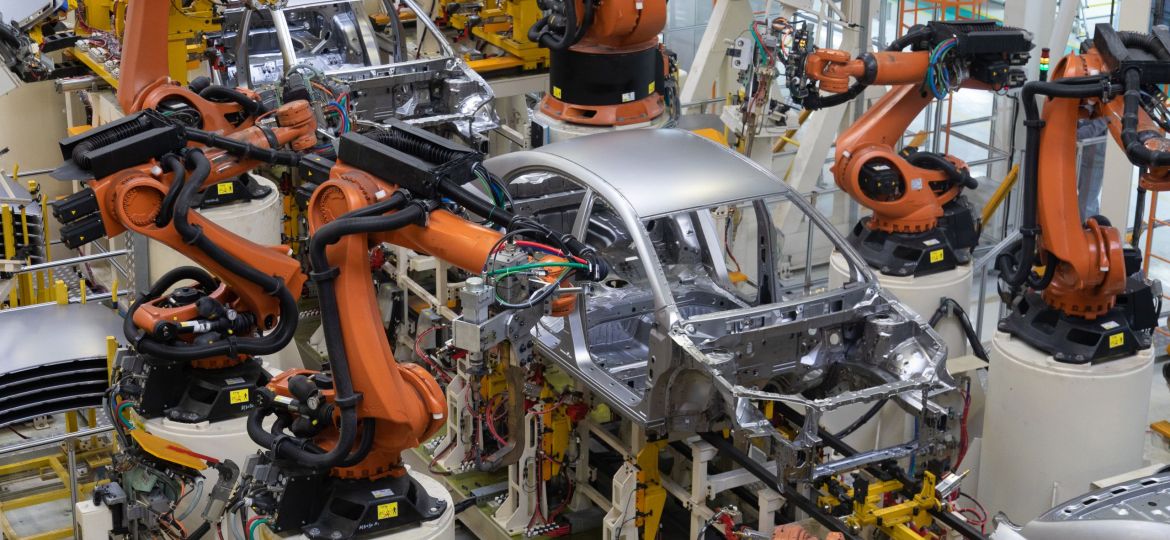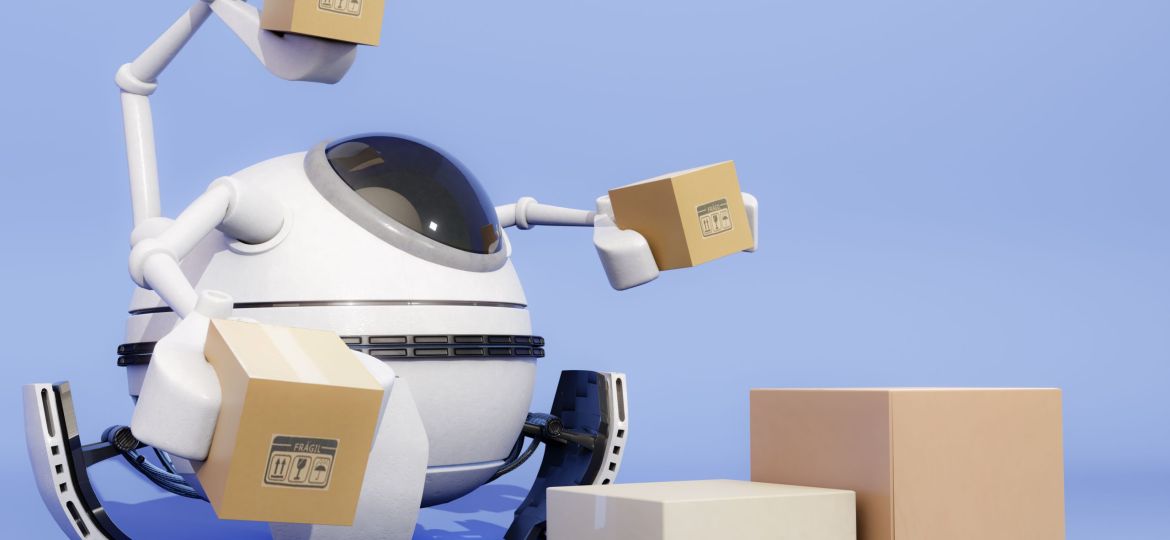The tireless pursuit of efficiency, precision, and rapid decision-making has given way to various technological interventions that are revolutionizing the…
SMART MANUFACTURING
Move over IoT. The latest innovation in the world of sensors and connected things is here, and it’s called AIoT. Combining the power of Artificial Intelligence with the Internet of Things, AIoT is set to build the foundation of intelligent analysis. Reports expect the global AIoT market …
Additive manufacturing (AM), or “3D printing” (as it’s commonly known), is a revolutionary technology that allows for the manufacturing of a physical object directly from a digital model. It’s an economical, sustainable technology that’s tailored for a wide variety of products – medical, automotive, aerospace, furniture, fashion, etc…
The digital twin refers to intelligent, real-time digital representations of physical systems, equipment, or products. Simply put, it is a 2D or 3D virtual version of the product used for automating performance monitoring and predictive maintenance. A digital twin makes it feasible to capture the state of an …
The manufacturing circle is buzzing with servitization for decades. Innumerable research papers on the concepts, strategies, and benefits of this model have evolved. In simple terms, is about companies using a model where their customers pay for the service instead of the products. Here, the selling is about “outcome as a service”…
Accidents on the factory shop floor are not desirable under any circumstances. Yet, they happen. According to the National Safety Council, 34% of these injuries occur while coming in contact with equipment and objects. About 32% of the injuries result from reactions to the exposed chemicals and overexertion…
Like every industry, the manufacturing industry has transformed over the past few years – and the pace of transformation continues. However, despite the technological advancements, the manufacturing industry faces challenges such as talent scarcity, disruption in the supply chain, increasing competition, and rapidly evolving customer needs…
For manufacturers, the digital economy has turned up the heat for investments into data-driven business outcomes. At the heart of…
The manufacturing sector is often considered one of the pivots of growth for any developing economy. From job creation to…
According to the survey conducted by Honeywell, unscheduled downtime is one of the major causes behind the loss of revenue…










